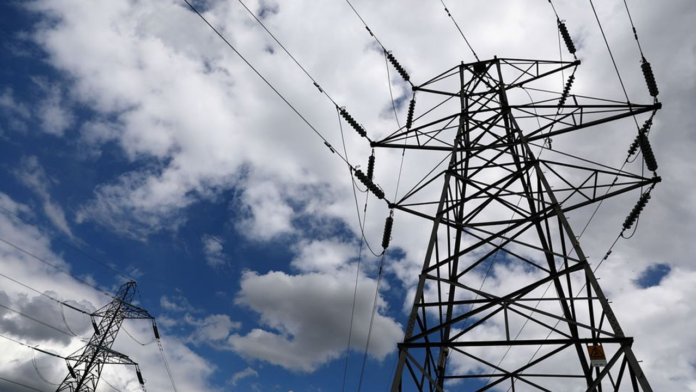Energy poverty underscored by national grid collapsing 46 times, 2023 worst year
By Jeph Ajobaju, Chief Copy Editor
There were more power blackouts in Nigeria in 2023 which culminated the six years that the national grid collapsed 46 times, as contained in a report released by the International Energy Agency (IEA).
The report said the grid went down 46 times between 2017 and 2023 but consumers suffered more outages in 2023, especially on September 14 when the grid collapsed due to a fire on a major transmission line.
It noted the national power transmission line continues to face issues due to old infrastructure and vandalism which necessitate reliance on backup private power generators to produce 40 per cent of electricity consumption.
“Although the country has a total installed capacity of about 13 GW [giga wats], average available capacity remained around 4.5 GW in 2023 due to a combination of factors such as deteriorating units, poor maintenance and liquidity constraints,” the IEA stressed.
“Unreliable power supply due to limited grid infrastructure, underinvestment and ineffective regulatory frameworks have resulted in an estimated 40 per cent of all the electricity consumed in the country being produced from backup generators.”
_________________________________________________________________
Related articles:
Unstable power supply adds 40% to production cost of goods, services
Nigerians paying $40m monthly for electricity not supplied
Nigerians increase demand for solar power on fears of forever fuel price hikes
Solar energy best solution to Nigeria’s power cuts
__________________________________________________________________
Contribution of natural gas to power supply
The report added natural gas accounted for about 75 per cent of electricity generated on the national grid in 2023 and would continue to play an important role in energy supply and grid stabilisation for Nigeria’s power sector until 2030, and decline by 2050, as stated in the Energy Transition Plan crafted by Abuja.
“Renewables are also forecast to increase over the 2024-2026 period, at a compound annual growth rate of around eight per cent.
“Hydropower accounts for most of the renewables generation during 2024-2026, largely due to the completion of the Zungeru project, with an estimated generation of 2.6TWh per year.
“Solar PV is expected to grow rapidly, with an average rate of above 50 per cent per year over the next three years.”











